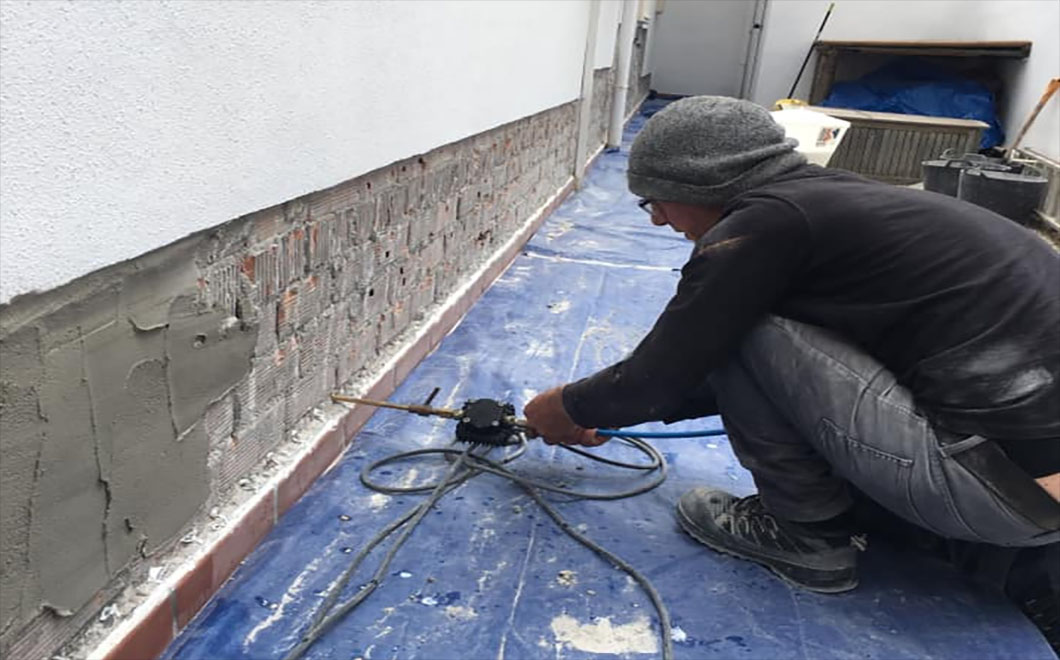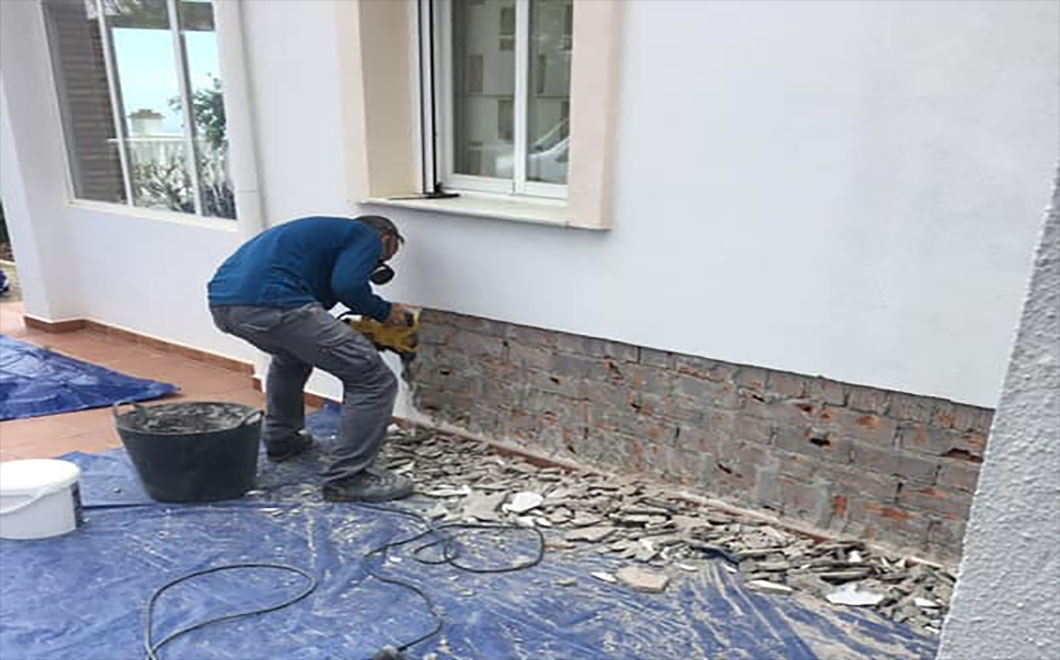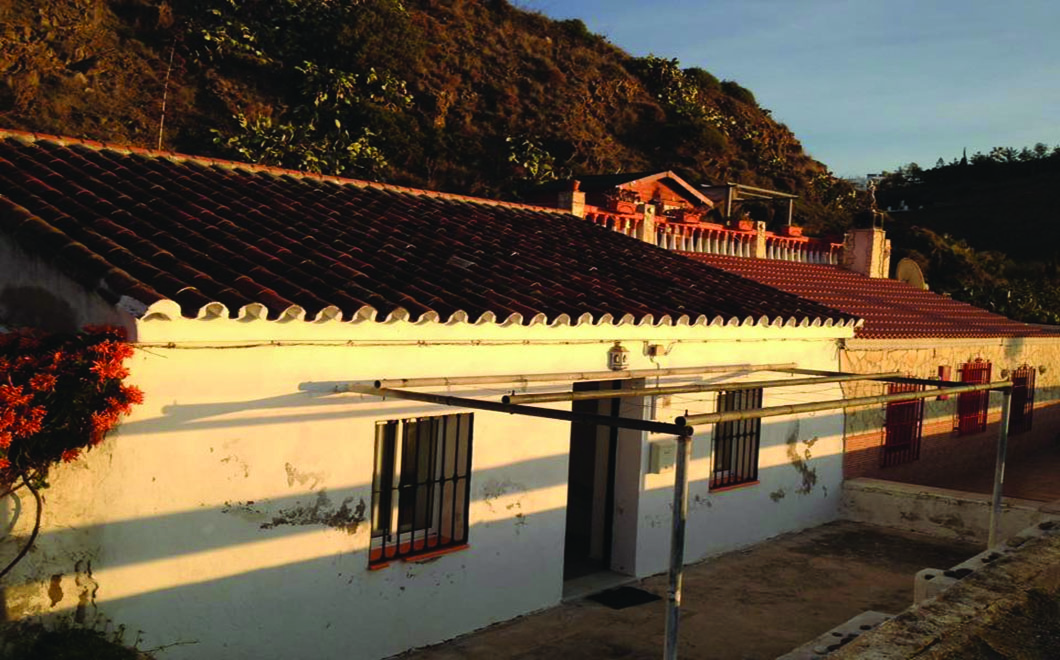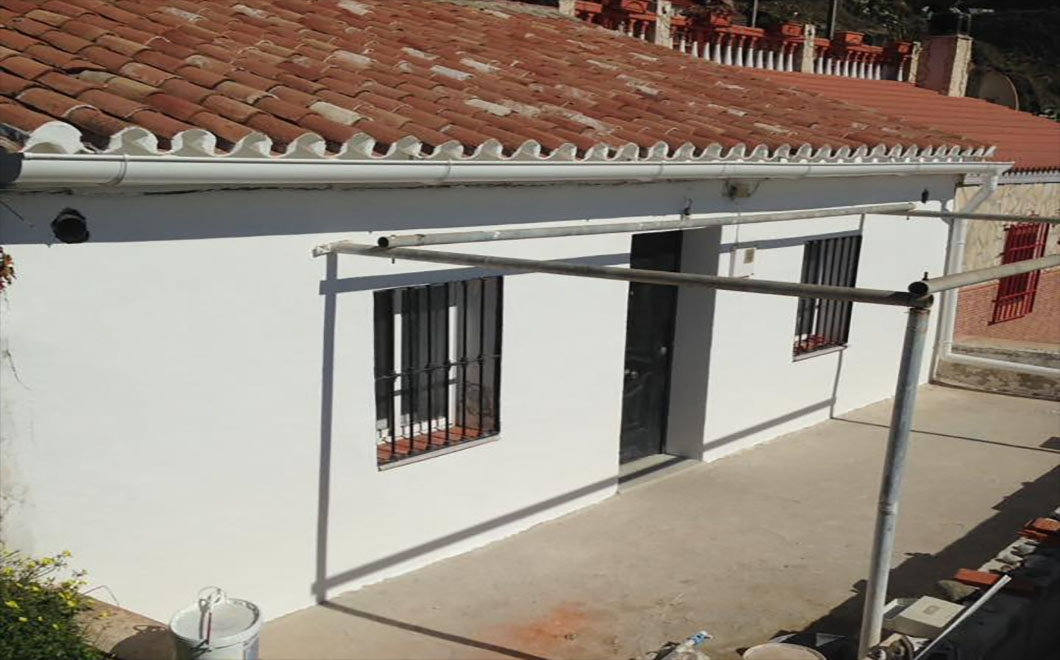Teamsecomur
VerifiedPhotos




Photos
Overview
Rising Damp Problems? Teamsecomur have a cure!
If you have dampness in your property and don’t want it to spread all over the walls and ceilings, before finding a solution to dampness you need to know which are the 3 types of damp that can appear in your home.
- Rising Damp
- Condensation
- Penetrating Damp
Rising Damp
This kind of damp is characterised by the climbing from the foundations to the walls and interior walls by the phenomenon of capillarity (or capillary rises) which different materials have such as bricks and concrete blocks. All this water will make the paint and other coatings peel, even if they are damp-proof.
If not controlled in time, it can destabilize the foundations of your home or building and create a risk for the entire building and the people who inhabit it. In addition to this, as there is more damp in the environment, paint will keep peeling and you will spend more money on heating.


 Danish
Danish Dutch
Dutch French
French German
German Spanish
Spanish